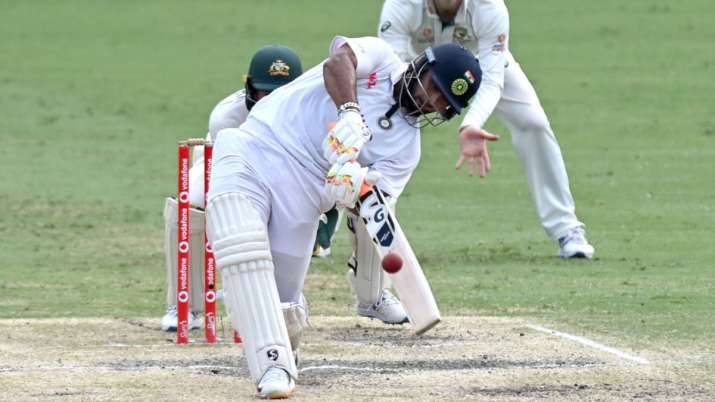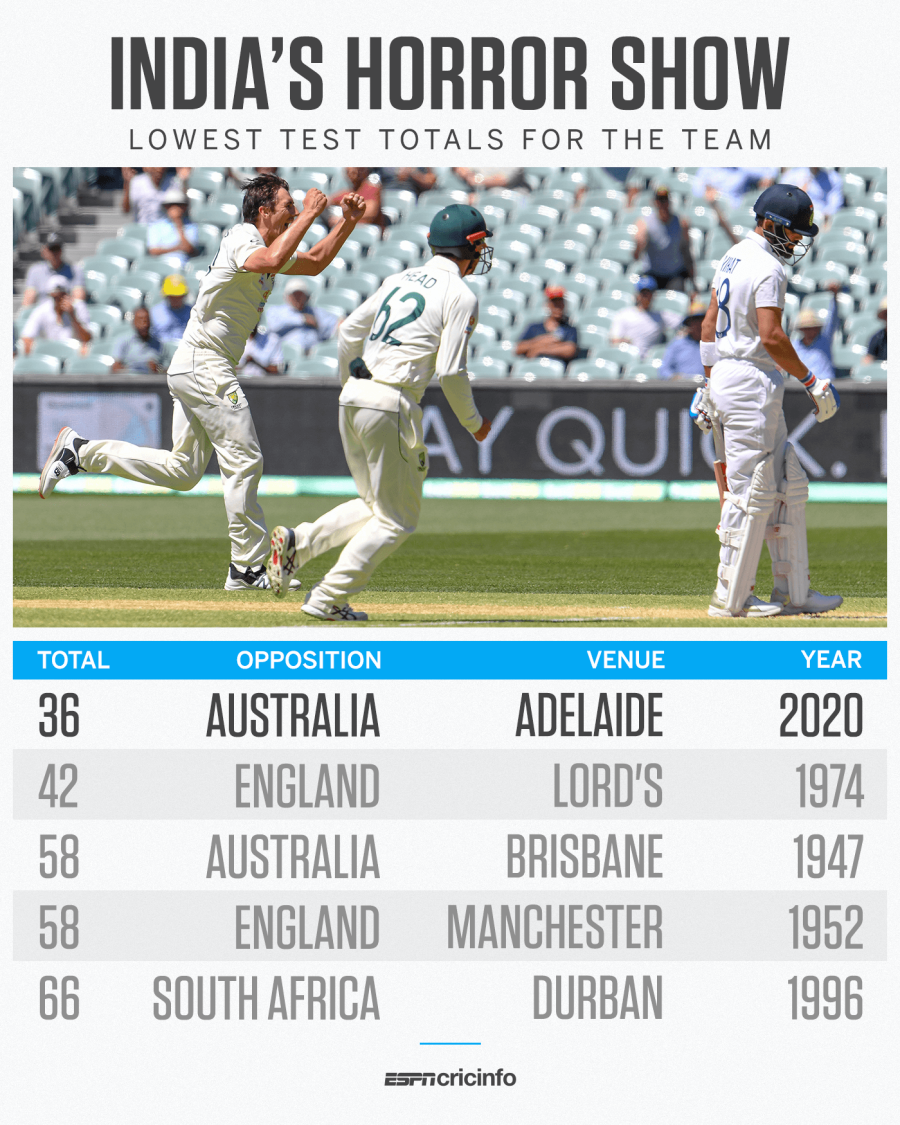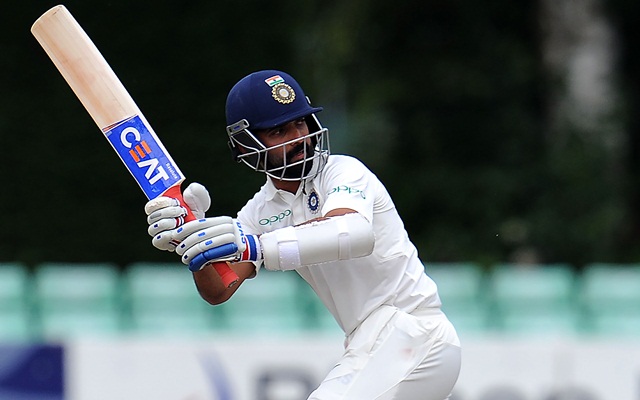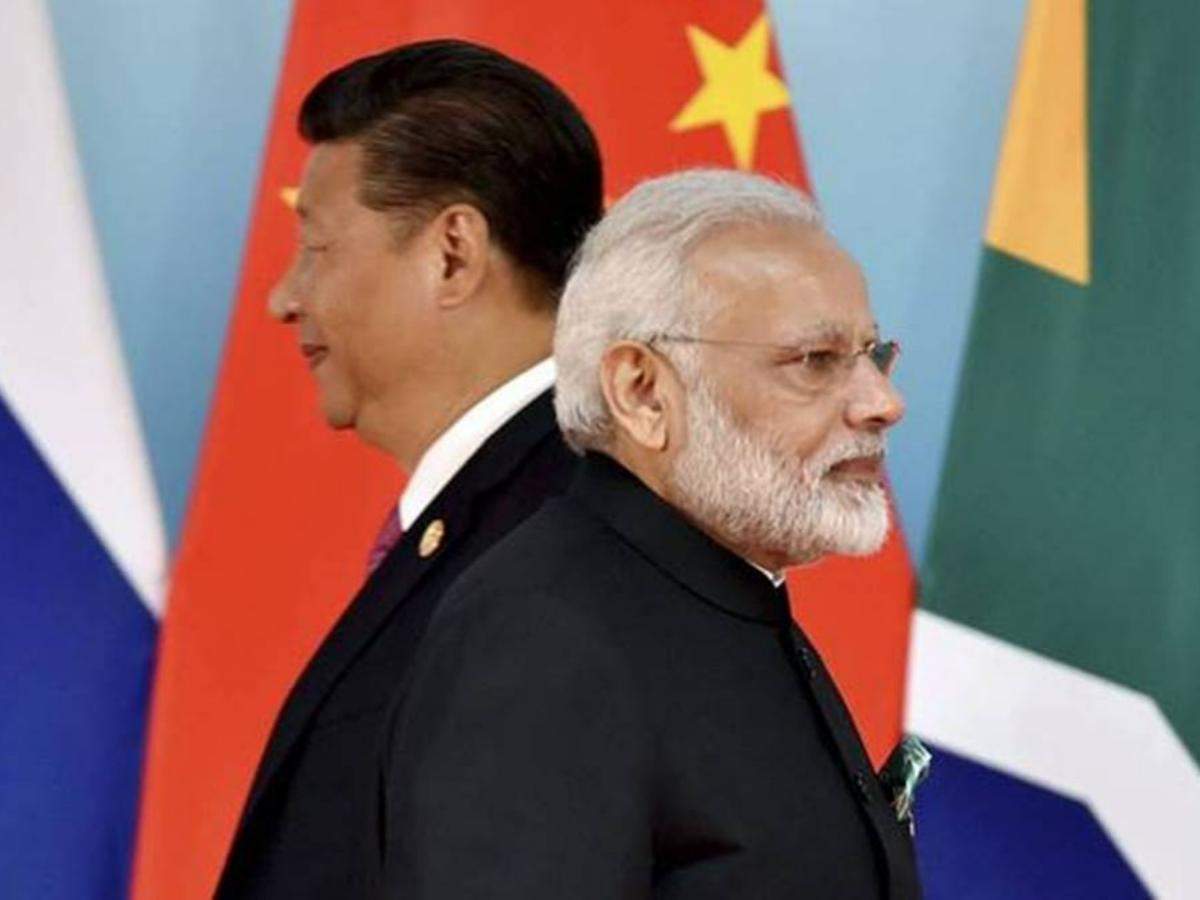Sydney Stand-Off
Sydney Cricket Ground (SCG) offered a flatter wicket. This meant that the team batting first would have an advantage of getting the best batting conditions and putting up a sizeable total to force the issue. Australia won the toss and elected to bat first. Steve Smith (India’s perpetual nemesis with an average of 84.05 against India before the start of the series) had been kept quiet in the series so far courtesy Ashwin’s guile. He had faced criticism by the local media for going through a lean patch.
This was his home ground and he stamped his authority with a well-crafted century. While India kept chipping away at the wickets, Smudge offered no let up and was threatening with a daddy hundred before Jadeja cut his innings short with a superb run out. These are the things which have been missing in teams of the past, where they’d allow games to drift, rather let it slip away from hands. This was a series-turning moment as it brought India right back in the game, and consequently, the series.
With Rohit Sharma back in the team for the 3rd Test, after quarantine restrictions, the top order looked more reassuring although the rest of the side floundered in the first innings. The Aussies went about their business to post a formidable total with a tough ask of 407 to chase down.
2 significant events happened in the Indian 2nd innings,
- Evolution of Rishabh Pant the match-winner, and
- Rear-guard action by Ashwin and Hanuma Vihari, showcasing the resilience of this side.
Almost singlehandedly, Pant took away the game from the Aussies and at one point it looked like India was looking for a win from a nigh impossible scenario. He got robbed off a well-deserved 100, but did have a huge impact on the game. Equally important was the contribution of Ashwin and Vihari both of whom played for almost 4 hours, gutsing it out, and in the process, saved the Test match.
See you at the Gabba
Among some of the sub-contexts of the series, was a significant moment when Paine while sledging Ashwin in Sydney, said, “See you at the Gabba.” This was far from a friendly invitation, rather a warning shot. History is testimony to the Aussie domination at the Gabba. They had not lost a Test match here since 1988.
(Fun fact: Most of the players in the Indian team were not even born the last time Australia lost at the Gabba)
Gabba is traditionally called the Gabbatoir (Gabba + Abattoir) because it is built for the opposition teams to be slaughtered. There is a lot more pace on offer in the wicket, batting is not as easy. In short, this was a Test which was meant for the hosts to win and any visiting team to surrender.
To add to this, our list of injuries was endless. All the fast bowlers from the First XI had been replaced by now. Siraj was leading the pack of inexperienced bowlers with T Natarajan (who was on stand-by post-ODIs) getting a maiden call-up and Shardul Thakur roped in as a replacement for the replacements!
Ace spinner Ashwin, who was also injured, was replaced by debutant Washington Sundar (also on stand-by post the ODIs). Jadeja, too, was injured and out of the series by this time. All-in-all, it was a much beleaguered Indian side and a proverbial David vs Goliath contest in the offing. The odds could never have been stacked any more against India!
The local boy Marnus Labuschagne who promised a lot throughout the tournament finally delivered with a well-made century and Aussies were on their way to score a formidable first innings total. What interested me most, in this passage of play, was that in the first innings, of the 10 Aussie wickets to fall, 9 were shared by Washy, Shardul and Nattu (3 apiece). This meant that all the new inductees were willing to raise their hands and be counted.
While India was struggling at 161-5 and could have easily folded out cheaply from thereon, 2 guys stood tall and again there was a rear-guard action. It was frustrating for the Aussies when both Shardul and Washy were not just blocking but playing proper cricketing shots. (That no-look six by Washy off Lyon would be one of the shots of the tournament!)
Bench Strength
In a way, we had 2 ready replacements for the all-rounder position, something we’ve been lacking and yearning for so long across any format. Now there were a bevy of all-rounders waiting to fill-in. In fact, now there’s a replacement for most of the spots in the entire team, of course the caliber may vary.
The fact that we wouldn’t have known about the potential of this team had the same team been playing the rest of the series should not be lost on anyone. The fact that the background behind player development includes mentorship of Rahul Dravid as well as early exposure to foreign conditions by having rigorous U-19, India A tours should also not be lost on anyone.
“It takes twenty years to become an overnight success” ~ Eddie Cantor
This sort of rear-guard action is unheard of in Indian Test cricket where, traditionally, the batsmen are picked to bat and the bowlers are picked to bowl and, in the process, players pigeonholed, roles compartmentalized and if any one department faltered we weren’t able to recover. Now this team was giving it their all to fight, survive and win.

Fort Gabba – Came, Saw, Conquered
Australia set us a daunting total of 328 to chase on a Gabba wicket where the highest successful 4th innings chase, so far, had been 236 and that too by the home team. What happened on day 5 of the Brisbane Test will go down in the annals of cricketing history typifying and exemplifying the adage: Cricket is a game of glorious uncertainties.
The 5th Day began with pretty much similar cloud hanging over head whether the Indian Team could survive the day or the Aussie pace attack will polish them off and consequently, the series. Out came Rohit Sharma and Shubman Gill to face the Aussies. The presence of Rohit brings about a sense of calm and assurance to both the dressing room and the non-striker; such is his aura even though he hasn’t played as many Test matches. But on this particular day, it was not to be. Rohit fell to Cummins, who had so far been the best bowler of the tournament, never mind the No.1 bowler in the world.
Gill though unfazed by what’s going on around him kept playing his strokes, some of them so fluidly timed that you’d wonder whether he’d been playing cricket in Australia for years on end. On the other end, was Mr. Dependable Che Pujara, who’d so far had a subdued tournament by his own standards. But on that day he kept holding one end up, kept playing with soft hands (to not nick the bowl to the slip cordon), kept taking blows on his body, repeatedly. The Aussies can be nasty when it comes down to their desperation for winning. That may have been one of his slowest 50s but definitely one which was needed by team the most.
(Fun Fact: Che Pujara was the Man of the Series in India’s series win Down Under in 2018-19)
Shubman Gill was mighty unlucky to fall for 91 and not get his maiden ton at the Gabba. But then he was playing with a game plan. In fact, the whole team was. Rahane came in to the crease to play an uncharacteristic knock where he tried to up the ante by taking on the Aussie bowlers, but fell in the pursuit. In walked Rishabh Pant.

Legend of Rishabh Pant
Before the beginning of the tour, there were doubts whether Rishabh would find a place in the Indian team across any format with so many contenders. In T20s and ODIs, Pant had virtually lost his place for good as a bevy of wicket-keeper batsmen were queuing up for selection with impressive performances in the IPL and domestic tournaments. In the Tests too, Wriddhiman Saha was favored before Pant as the top keeper (keeping in line with traditional notion of ‘specialists’).
It was 36 all out that jolted India out of its earlier ‘comfort zone’ to bring back Pant in the side. Truth be told, he started off in the series in a manner which would’ve given his critics much ammo. He was constantly spilling chances of stumping, didn’t look very agile behind the stumps and was not even batting at his best. But as the series progressed, we witnessed the emergence of Pant not just the steady hands behind wickets but, more importantly, the Gilchrist-esque game changer.
The Sydney Test could have been lost if not for the heroics of Pant throwing the Aussie bowlers off their lines and lengths; it could have been won if his heroics had lasted a bit longer. At the Gabba, there was a sense of purpose about his innings. He assessed the conditions pretty quickly and then started taking calculated risks especially against Lyon. As his innings progressed, his shot-making started becoming more fluent and, all of a sudden, with Washy and Pant on the counter-offensive a historic victory was in sight.
Such is the enigma of this youngster that even though wickets kept falling on the other end, it never deterred him from taking his chances and pushing for a win. When he hit that yorker-length delivery past the mid-off fielder to the boundary ropes, it was a surreal feeling. A feeling shared not just by the players and the spectators on the ground but reverberated by a whole nation. A whole nation and many cricket lovers around the globe erupted in joy and jubilation. Words fall short to describe how overwhelming the moment was. Pant may have remained not out at 89, but this will count as one of his greatest counter-attacking innings, ever.

Catharsis and Hope
This win at Gabba and consequently the series victory, in my books, is THE GREATEST VICTORY FOR INDIA. It was a cathartic experience, an emotional roller-coaster and one of the best triumphant feelings. Winning against Australia in Australia, two times in a row, is nigh impossible. India had done it and with a much depleted side, against all odds.
“Giving up is not in our vocabulary” ~ Ravi Shastri
Somewhere life mirrors cricket. This win gives us all hope. Hope that not always all is lost. Hope that a few setbacks should not deter us from the ultimate goal. Hope that we may hit back the hardest when our backs are turned against the wall. Hope that there is light at the end of the tunnel. Hope that we shall overcome.







